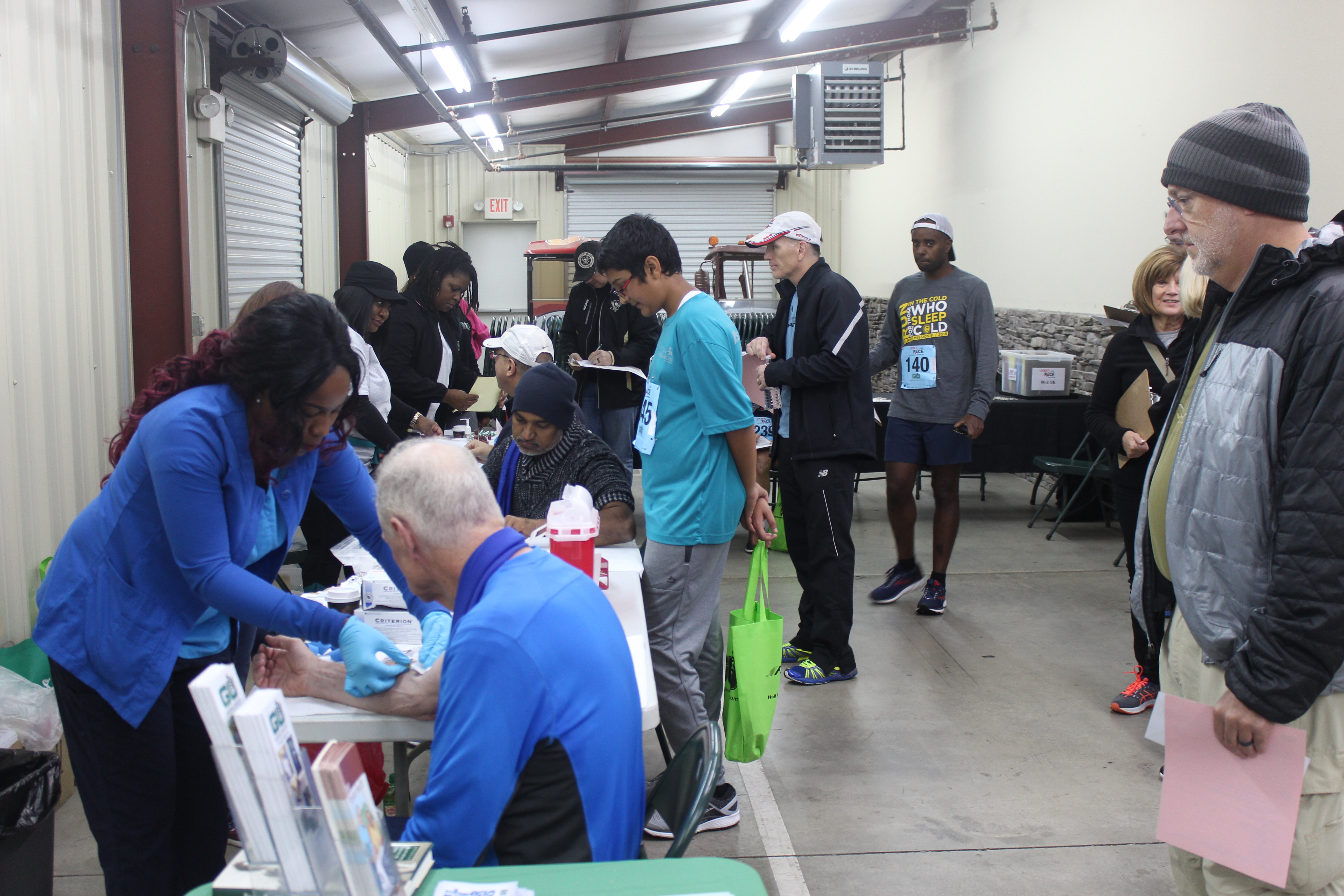What to Expect if You Receive an Ureteral Stent
By Dr. Anand Shantha, M.D.
A ureteral stent is most often used during the treatment of stone and occasionally with other surgery involving the urinary tract.
The experts at Georgia Urology have lots of experience in placing and removing stents, so check out our guide on this common medical procedure below.
What Is the Ureter?
The ureter is a tube that connects the kidney to the bladder and allows urine to flow from the kidney to the bladder. You have two ureters, one connecting the right kidney to the bladder and one connecting the left kidney to the bladder.
What Is a Ureteral Stent?
A stent is a flexible plastic tube measuring about 10 to 12 inches with a curl on each end which can be temporarily placed inside the ureter from the kidney to the bladder.
Why Is a Stent Used?
A stent is most commonly used to bypass an obstruction of the ureter, to allow the ureter to heal after surgery, and to treat kidney stones. A stent is sometimes placed emergently and can be lifesaving when there is an obstruction of the ureter and an associated infection. If this is due to a stone, the stone is left in place and will be treated later due to the infection.
As an added benefit the stent allows the ureter to passively become larger, which can make the future procedure to remove the stone less traumatic and allow any stone fragments to pass more easily once the stent is removed. A stent is also placed at times during stone surgery to allow the ureter to heal or prevent fragments from obstructing the kidney.
It is most commonly inserted by passing a scope with a camera into the urethra and bladder. The stent is then inserted into the opening of the ureter to the kidney using x-rays to visualize its placement.
What Can I Expect After I Have My Ureteral Stent?
After a stent is placed, you may have a string coming out of the urethra. This will be used to remove the stent in the future and should not be pulled on. In most cases, it will be okay if it accidentally is pulled out.
The side effects after a stent are placed can vary. If it was placed because of severe pain from a stone, stent discomfort is usually significantly less. Most patients will experience some discomfort which may include pain in the back, flank and pelvis, urinary urgency and frequency, and intermittent blood in the urine. You can continue your regular activities if you are not having significant pain or taking narcotic pain medications. You should notify your physician if there are any fevers or significant clots in the urine.
The stent is temporary and will need to be removed. Your physician should be able to tell you an approximate length of time the stent will be left in place, but this can vary significantly. Most stents after treatment for medium to small stones are kept in place for less than two weeks. Stents that have a string attached to them will be removed with the string on a follow-up appointment in the office. Stents without a string will require a minor procedure in the office. A flexible scope will be passed into the bladder and a grasper will be used to pull the stent out. After this most will have minimal urinary discomfort for 1-2 days.
If you have any more questions or concerns regarding ureteral stent, contact our urological experts.




